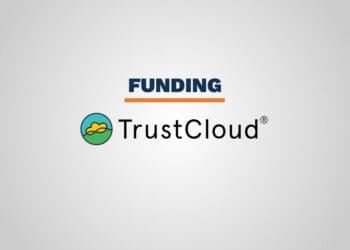There are a great many things one can do with a risk assessment, some of which are discussed in the complementary e-book CCI has recently published of my four years of risk assessment columns: Compliance & Ethics Risk Assessments: Concepts, Methods and New Directions. But for quite a few companies – particularly those that are small or mid-sized, do not operate in heavily regulated businesses or are not located in high-risk geographies – something simple may be enough.
Einstein famously said, “Make everything as simple as possible, but not simpler.” With that in mind, here is a description of an eight-part risk assessment process that for some companies should be as simple as possible – but not overly so.
1. Appoint someone to be responsible for the process. Typically, but not always, this will be the C&E officer or attorney responsible for C&E matters. (The latter approach may be useful if you want the process to be protected under the attorney-client privilege.) She should be charged not only with managing the process, but also documenting the key parts.
2. This person should develop a list of possible risks. Your own code of conduct is a start, but one should supplement that with lists from industry publications and other sources. Indeed, the CCI e-book has an appendix with a pretty extensive list of risks which may be helpful for these purposes.
3. Try to imagine (or get subject matter experts at your company to help you imagine) what the most likely scenarios would be for your company to violate the various laws identified in your list. For instance, with antitrust – what products or markets are most vulnerable to horizontal restraints? For corruption, are your greatest risks dealing with the government as customer or as regulator, and what geographic locations should you focus on?
4. For each of these scenarios, ask yourself (or others helping you), what is the most likely cause of the risk? Is it a possible failure to understand/appreciate the applicable legal standard? Is it a potential weakness in controls on third parties? This is a key step, because the nature of the mitigation you need will often depend on this analysis.
5. For each risk identified and analyzed, inventory your current compliance measures – but note that you need only do so for the five “risk area sensitive” compliance tools: standards/policies, training/communications, process controls, accountabilities and auditing/monitoring. (Other tools – e.g., the helpline – tend not to vary by risk areas.) More specifically, for each of these, ask: is what we currently have for this tool enough to mitigate the risk, or do we need something more – and if so, what? The answers to these questions help form the basis for your annual risk management plan.
6. Ask yourself whether there should be any variations on the compliance tools by either business line or geography. For many small companies the answer will be no – but this is still a key part of the process.
7. Determine who in your company should receive the assessment and mitigation plan – e.g., the audit committee of the Board, a management compliance committee or perhaps others.
8. As part of the process, ask for each risk area: what should next year’s risk assessment look like? Adding this step can help avoid reinventing the wheel and make a relatively simple process simpler still – at least over the long run.



 Jeffrey M. Kaplan is a partner in the Princeton, New Jersey office of
Jeffrey M. Kaplan is a partner in the Princeton, New Jersey office of 








